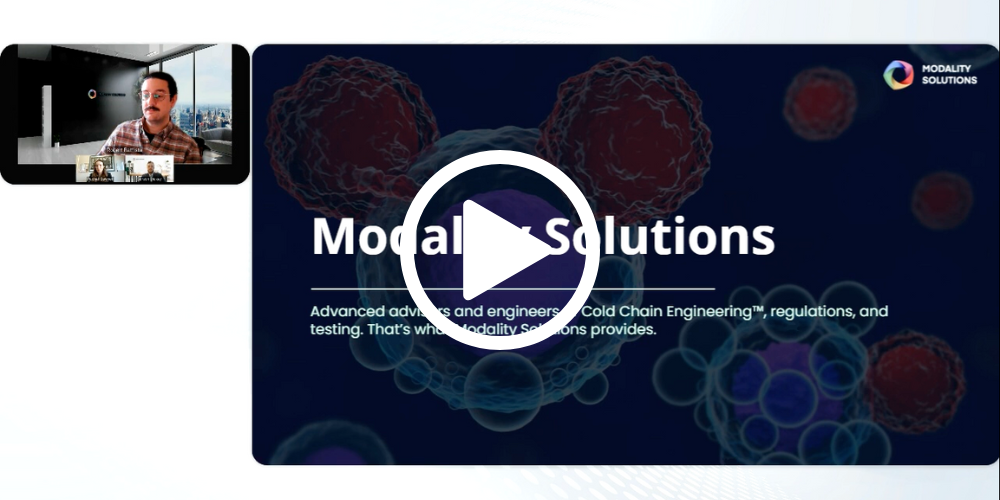Part 2: Expanding Shipping Temperatures Without Sacrificing Quality: A Guide to Transport Validation and PQ
Demonstrating Product Quality All pharmaceutical manufacturers must ensure that the safety and efficacy of...
read Details

There are several exciting new classes of therapies coming out. The engineering fundamentals associated with cold chain engineering still applies to the new classes. Examples of the new therapies include cell therapies, mRNA, antibody fragments, antibody-drug conjugates, other conjugates, and oligonucleotides.
Oligonucleotides (ONs) are a large class of biochemical molecules that are essentially small strands of nucleic acids (DNA or RNA). Because they are a chain of nucleotides, they use nomenclature similar to other polymers and can also be called polynucleotides. They are typically 13-25 nucleotides in length and never exceed 200 nucleotides.
Older ONs are chemically not very stable, especially in vivo, because their small size gives them weak binding affinities, and they are easily cleaved by enzymatic action. Newer ONs with fluorine or methoxy substitution or organothiophosphate modified backbones are more stable and valuable as therapies.
Traditionally, regulatory agencies have separated therapies into two groups: biologics and drugs. The overwhelming majority of biologics are monoclonal antibodies characterized by their large size, complexity, and process of manufacture. The FDA describes them as ‘Biological products are a diverse category of products and are generally large, complex molecules.’ One regulatory challenge for ONs is that they tend to fall into the ‘in-between’ area: more complex than usual ‘small molecule’ drugs but not as large and complex as biologics.
Compared to insulin, one of the largest current ‘small molecules,’ a 12-mer ON will have a molecular weight of about 3600, compared to insulin’s 5808, or a 24-mer ON of about 7000. Looking at size and complexity, an ON looks like a supersized small molecule. The FDA has agreed with this, and CDER and not CBER review ONs. In contrast, the European Medicines Agency treats ON’s much more as a biologic for their regulatory approach.
Fortunately, our transportation validation methodology applies equally well to both regulatory environments. Our risk assessment technique systematically investigates the intersection of your therapy’s risk profile and the supply chain hazards. We can therefore use our methodology for high-risk and low-risk therapies. The outcome will be a risk mitigation plan based on sound science and engineering that assures patient safety and regulatory compliance with a level of formality and effort commensurate with the risk.
Demonstrating Product Quality All pharmaceutical manufacturers must ensure that the safety and efficacy of...
read Details
Introduction The integrity of supply chain management is pivotal in the demanding realm of...
read Details
Entering the U.S. market comes with a unique set of regulatory challenges, particularly when...
read Details